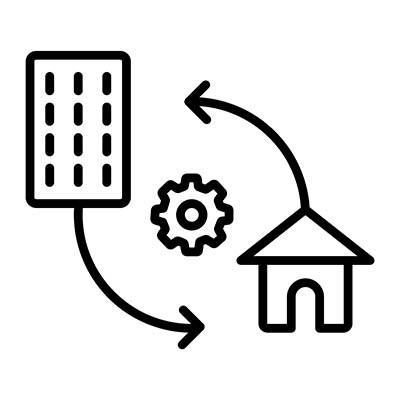If one fact has been proven true, it’s that remote and hybrid work are not temporary trends; they are future operating models that help businesses achieve greater flexibility and talent retention. Of particular interest is hybrid work, an approach that mixes the demands of in-office work with the benefits and flexibility of remote work. If you want to build hybrid work into your operational infrastructure, there can be no denying that your IT infrastructure has to be locked in—particularly if you want to stay productive, secure, and competitive.
Let’s review the benefits and risks of hybrid work as an operational model for your business.








